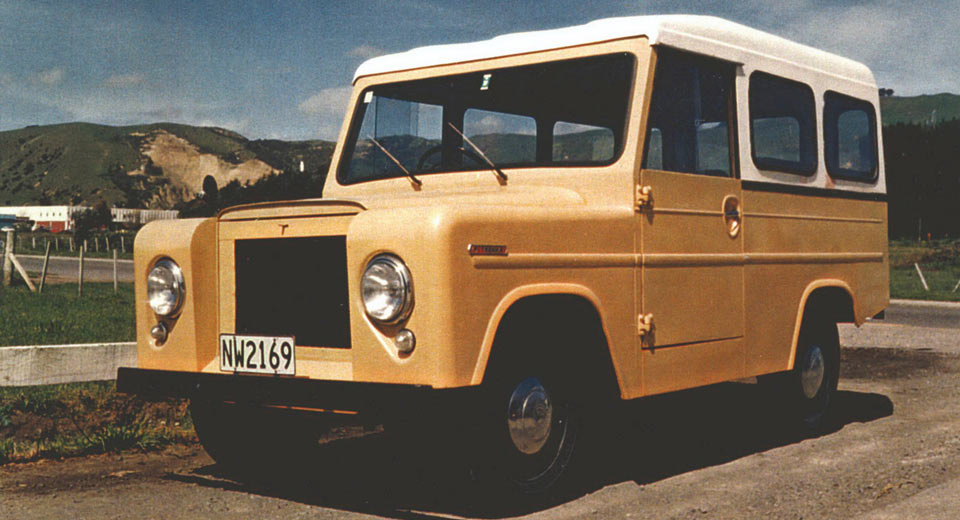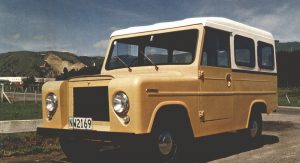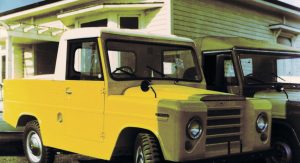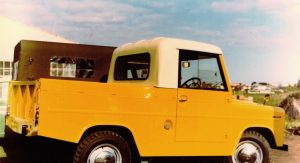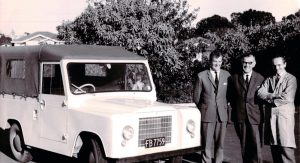Skoda is thriving under the VW Group and it wants to be a player in the SUVsegment. It very well achieve that goal, but exactly fifty years ago it started making another off-roader – and in a very unlikely place at that.
The Trekka commenced production on December 2, 1966, in Otahuhu, New Zealand, and six years later, the brand counted almost 3,000 examples made. Why on Earth would Skoda build cars in the middle of the Pacific Ocean? Well, for customs and tax reasons, of course, and they were doing it since 1956, with the help of local importer Motor Industries International.
“Skoda has always striven for solutions that are tailored for individual markets. The all-terrain Trekka, which was produced in collaboration with the New Zealand importer and local businesses, is a prime example of this philosophy“, said Manager of the Skoda Museum in Mlada Boleslav, Andrea Frydlova.
Built as “a robust, compact everyday car for the local farmers, tradespeople and merchants“, as the automaker marketed it at the time, the Trekka was based on the Octavia’s chassis, which came from the European country to New Zealand, along with the rigid central tubular frame and independent suspension.
Modifications were made to the wheelbase, which was shortened from 2,389 mm to 2,165 mm (94.05-85.24 in), and the axle ratio was changed from 4.78 to 5.25. Contributing to its 190 mm (7.48 in) ground clearance were the large tires, and customers could also enhance the rear-wheel drive vehicle’s off-road capabilities with an optional differential lock.
The Trekka was powered by a 1,221 cc engine delivering 47 PS (46 HP) and 87 Nm (64 lb-ft) of torque, mated to a four-speed gearbox to help it achieve a top speed of 105-110 km/h (65-68 mph), while returning approximately 11 lt/100 km (21.38 mpg US).
To appeal to as many customers as possible, the Skoda Trekka was offered in several variants, including a 3-door pickup with 2 to 8 seats, a canvas soft-top, a fixed plastic hardtop, an estate, and even a beach version.
Sitting at 3,590 mm (141.34 in) long, 1,600 mm (62.99 in) wide and between 1,785 and 2,040 mm tall(70.28-80.31 in), tipping the scales at 920-980 kg (2,028-2,161 lbs) and able to carry loads of up to 500 kg (1,102 lbs), the SUV was eventually exported to markets such as Australia, Fiji, Samoa, and Vietnam. Additionally, the Czechs applied a similar concept in Pakistan, too, where assembly of the SkodaPak (Skoda Pakistan) began in May 1970.







